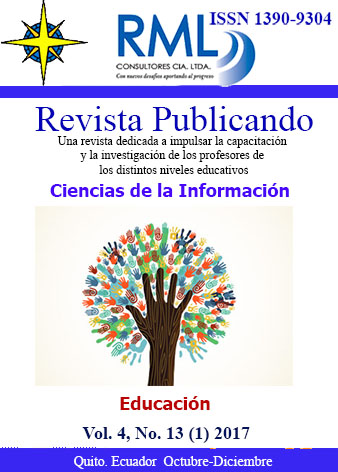Resumen
A psycholinguistic experiment carried out in this study allowed us to study the question of colour naming in the English and French languages from the native speakers”™ points of view. The results show that the colour perception in both languages has quite a big number of similar characteristics, even though some colour names show some national and cultural specifity. The exceptions are some co-meanings.
The main conclusion which can be done on the basis of the study is the impact of society, life conditions and national character.
In this study we were also interested by the question of the difference in colour perception from the position of gender.
Basing on the analysis of gender differences we can notice that the female associative series is much wider than that of the male one. Speaking of positivity of perception and associations we have to notice that women”™s answers are more positive than men”™s. However, the male respondents”™ associations can be characterized as neutral rather than negative. The study confirms the existence of the difference in colour perception from the position of gender differences, which can be explained by differences in the social roles of men and women in the cultures of the examined languages.
Referencias
Berlin, Brent; Kay, Paul. 1969. Basic colour terms: their universality and evolution. Berkeley: University of California Press, 1969: P. 18
Clare C. Psychology and Meaning of Colours. https://www.colorpsychology.org/
Subich V.G., Mingazova N.G & Zakirov R.R. Mastering English as a Second Language via the Parallels with the Native Language (Using Project Work) // Journal of Language and Literature – 2016 - Vol. 7. No. 1: P. 177
Ostroumova O.F, Nizamieva L.R., Nazarova G.I. The didactic aspect of foreign language creative teaching. Journal of Language and Literature – 2014 - 5(3): P. 79
Rogulina E.E. National Cultural semantics of Colour in the Spanish Phraseology: dissertation. M., 2006: P. 36
Sokolova K.A. Structural and Semantic Features of Phraseological Units with a Colour Component (on the Basis of Spanish, French and Italian Languages). SPb, 2016: P. 19
Sadovaya A.V. Color-Naming Systems of English and Chinese: from Abstract to Image-Associative and Gender Levels: dissertation. Kazan, 2007: P. 109
Tannen D. You Just Don”™t Understand: Women and Men in Conversation. M, 1996: P. 311
Timko N.V. Lingvoculturological Aspects of Translation of Colour Names from English into Russian: dissertation. M., 2011: P. 24
Wierzbicka, Anna (2008). "Why there are no 'color universals' in language and thought"// Journal of the Royal Anthropological Institute - 2008 - 14 (2): P. 408
Usted es libre de:
Compartir — copiar y redistribuir el material en cualquier medio o formato
Adaptar — remezclar, transformar y construir a partir del material
La licenciante no puede revocar estas libertades en tanto usted siga los términos de la licencia
Bajo los siguientes términos:
Atribución — Usted debe dar crédito de manera adecuada, brindar un enlace a la licencia, e indicar si se han realizado cambios. Puede hacerlo en cualquier forma razonable, pero no de forma tal que sugiera que usted o su uso tienen el apoyo de la licenciante.
NoComercial — Usted no puede hacer uso del material con propósitos comerciales.
CompartirIgual — Si remezcla, transforma o crea a partir del material, debe distribuir su contribución bajo la lamisma licencia del original.
